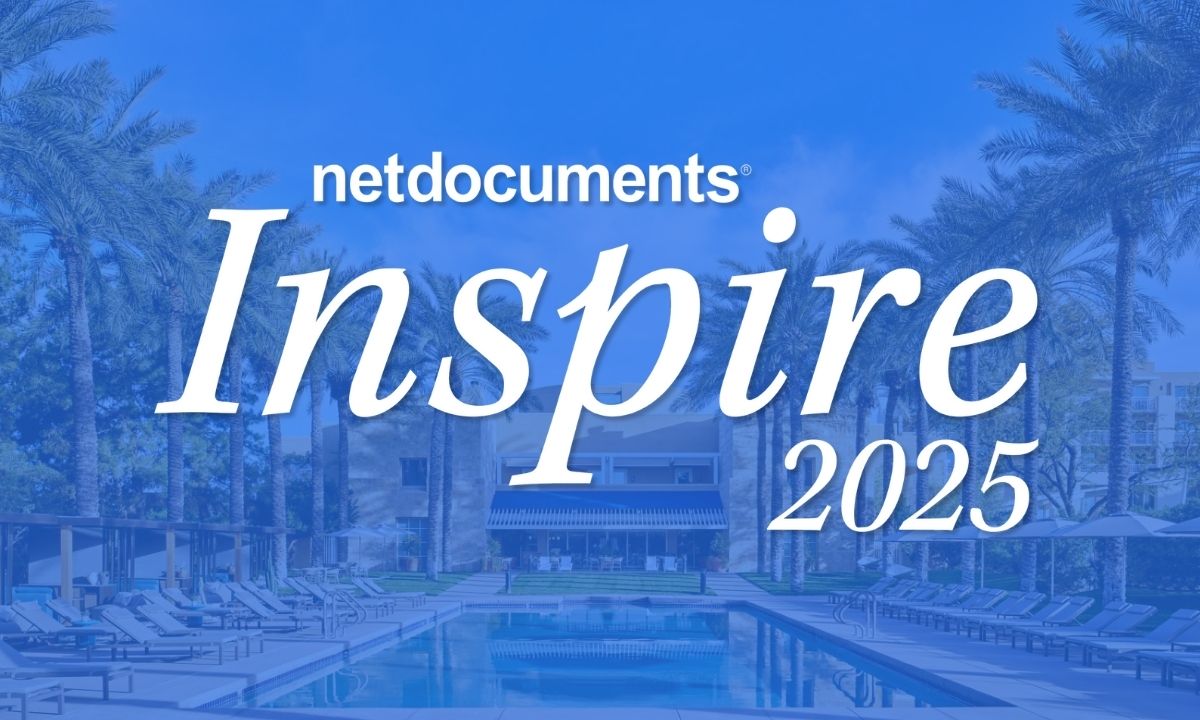
Blog
Ready-to-Go AI Apps for Legal Use Cases Available Now in the New ndMAX Studio
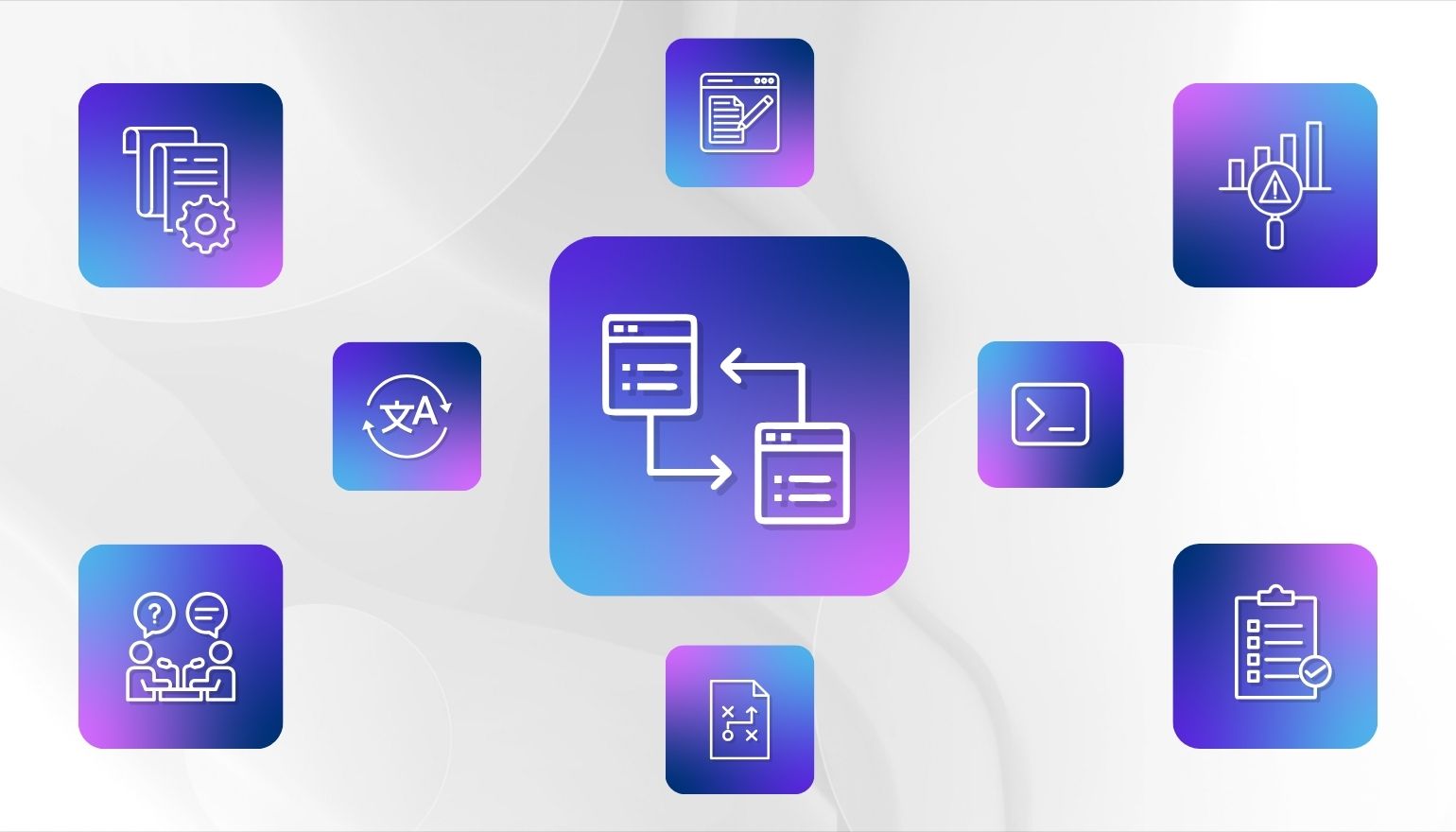

Jill Schornack
VP of Product
Get more out of AI – Starting today with the ndMAX Studio
Legal professionals are looking for smarter, faster, secure ways to harness AI — and at NetDocuments, we’re making it easier than ever. That’s why we are thrilled to announce the ndMAX Studio, including AI training for all and purpose-built legal apps for ndMAX customers.
Users can think of ndMAX Studio as their go-to hub for AI and automation in legal work. Whether a firm or legal team is just getting started or looking to take their AI strategy to the next level, this dedicated space is packed with hands-on resources — videos, demos, and ready-to-use apps – all designed to help you see real value from AI on day one.
With ndMAX Studio, lawyers don’t have to wonder how to make AI work for them. They can experience it firsthand, explore practical use cases, and turn AI-powered ideas into reality.
Let’s take a closer look at what’s inside ndMAX Studio — and why more firms, corporate legal departments, and government agencies are choosing NetDocuments as the foundation of their AI strategy.
What’s Inside the ndMAX Studio?
As a hockey mom, I know that having the right gear and great coaching makes all the difference on the ice. The same goes for AI — having the right tools and guidance can take your legal workflows to the next level.
That’s exactly what the ever-growing ndMAX Studio is designed to do. It delivers legal professionals a way to confidently and quickly leverage AI, with:
- A growing library of ready-to-use AI apps designed for real-world legal use cases
- Seamless import/export tools to integrate AI apps directly into your NetDocuments environment
- On-demand training materials to help you master prompt engineering and app building
- Demo videos showcasing how the AI apps work
Available Now: Ready-to-Go Legal AI Apps Specifically for Legal Use Cases
There are already 12 ready-to-use legal apps built for common legal use cases, with many more on the way. It’s a resource for law firms, in-house counsel, and government agencies looking to scale their services, automate routine tasks, and see immediate value — all while implementing AI in a secure and responsible way.
Here are just a few quick examples of AI-powered apps in the ndMAX Studio that can be applied to your documents today:
Playbook Generator — Automate & Standardize Contract Negotiations
The Playbook Generator app analyzes past contracts and clauses to automatically create customized playbooks based on common clusters of provisions. Lawyers can adjust and refine the content based on specific legal strategies or client needs by setting parameters and adding alternative language. For transactional lawyers, contract reviewers, and in-house legal teams, this can help:
- Reduce weeks of manual effort to mere minutes
- Improve contract negotiation efficiency and consistency in terms
- Mitigate risk by providing clear actionable guidance
Issues List Generator — Optimize AI-Powered Contract Reviews
The Issues List Generator uses generative AI to review legal documents, extract critical issues, and categorize them based on a contract playbook. This tool is ideal for:
- Creating checklists for negotiations or organizing topics for future analysis
- Ensuring accuracy and confidentiality
- Simplifying issue identification
Deposition Prep — Elevate Litigation Readiness
With the Deposition Prep app, litigation lawyers and paralegals can instantly generate an outline to prepare for a deposition using planned exhibits, prior deposition transcripts, and case summaries. It helps teams:
- Save time in reviewing lengthy documents
- Enhance deposition preparation
- Ensure no critical details are missed
Learn more and view additional use cases in the ndMAX Studio.
A Flexible, Customizable Solution
Every legal team has unique workflows and requirements. That’s why the NetDocuments App Builder empowers you to build your own custom apps — or adjust the ones we’ve pre-built in the ndMAX Studio. Design the AI use case to fit your specific needs without requiring extensive development resources.
Seamless Legal AI Meeting You Where You Work
With traditional legal tech, legal teams often face a difficult choice: either invest in standalone solutions for each specialized need or dedicate IT resources to build custom applications. NetDocuments eliminates this dilemma with an intelligent document management system (DMS) that brings seamless, flexible, secure AI to where your knowledge, documents, and emails already live.
Ready to explore legal AI use cases for your work?
Let’s connect so you can see the NetDocuments AI App Builder in action and learn more about out-of-the box AI apps!
Topics
Share
More from the blog
-
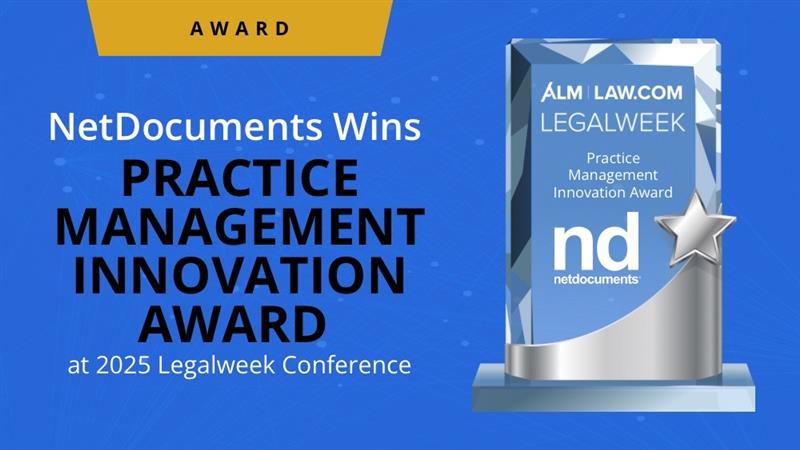
- Blog
NetDocuments Wins Practice Management Innovation Award at 2025 Legalweek Conference
NetDocuments is proud to announce a new accolade for our intelligent…
-
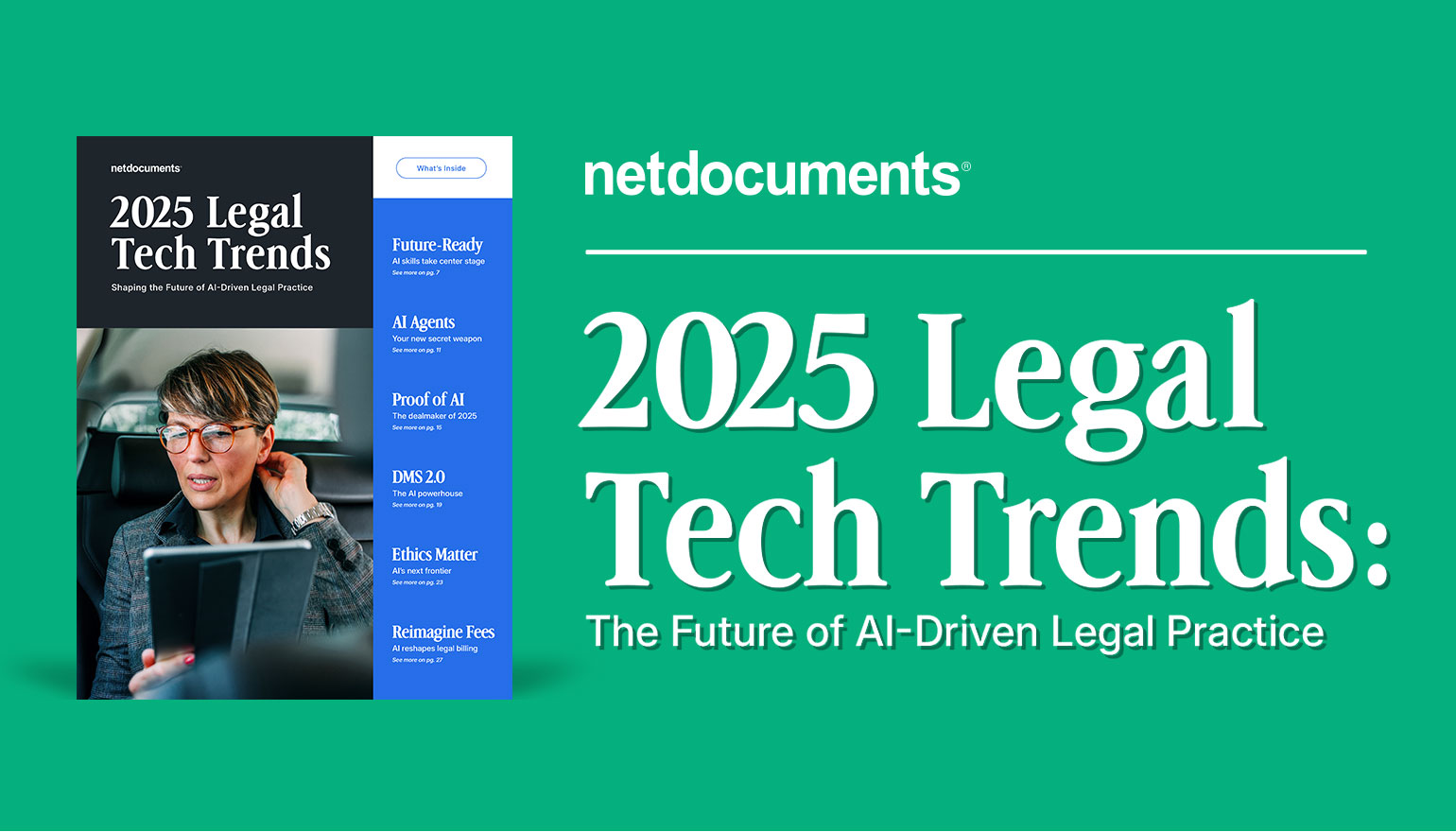
- Blog
AI-Driven Legal Tech Trends for 2025
With 79% of law firm professionals now incorporating AI tools into…
-
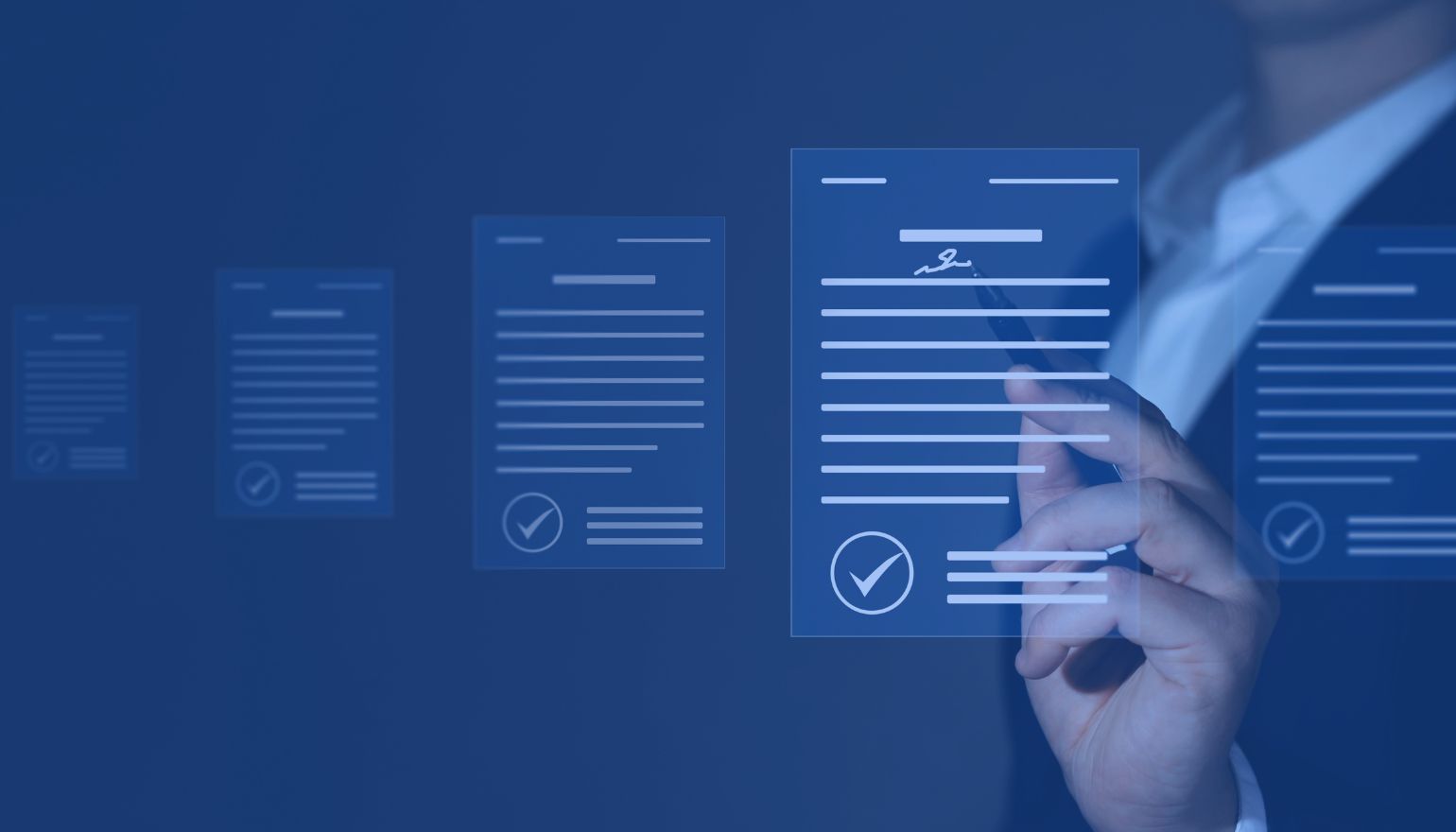
- Blog
Convincing Corporate IT That Legal Really Is Different: Making the Case for Corporate Legal Department Software
Explore the unique challenges legal operations leaders face in advocating for…
-

- Blog
The Digital Shift: Embracing AI for Legal Documents
The legal industry is facing a new era of transformation, driven…
netdocuments


